Adobe Premiere Pro vs Adobe Premiere Elements
Adobe Premiere Pro vs Adobe Premiere Elements - which video editing software should you choose?
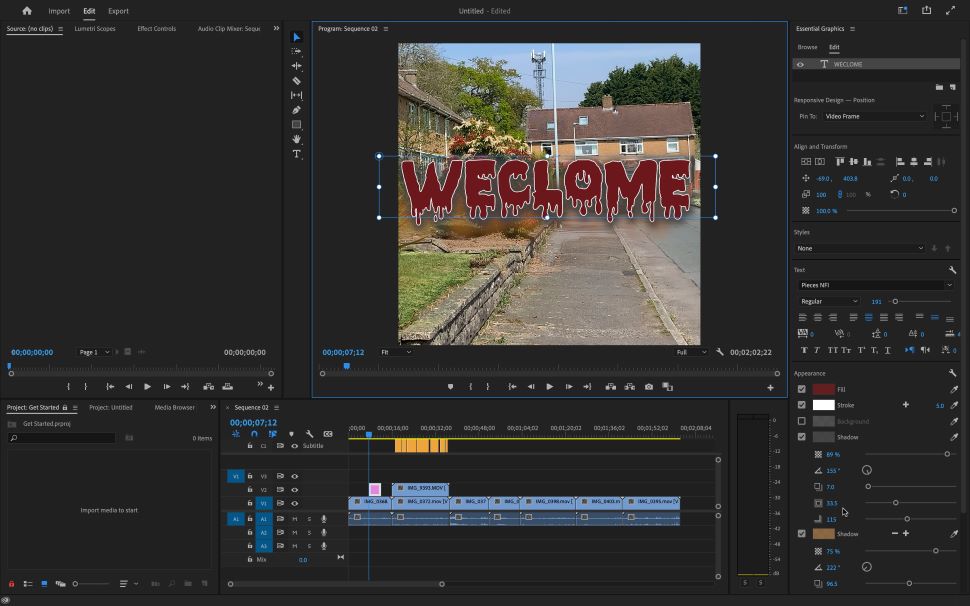
Videos are one of the most powerful modes of storytelling, but they require a lot of effort to make. Those five-minute do-it-yourself guides you watch on streaming platforms actually take hours of work to shoot, edit, and publish.
Fortunately, video editing tools can make our work much easier. Instead of shooting the same video over and over, you can use these tools to perfect your videos and enrich them with special effects and background music.
Since the early 2000s, Adobe has been home to two of the most successful video editing suites available, one aimed at novices and the other power users. But which is the best video editing software (or even the best free video editing software) for you?
In this article, we compare Adobe Premiere Pro and Adobe Premiere Elements to help you decide.
Still searching for your ideal video editor? We've also compared Adobe Premiere Pro vs Apple Final Cut Pro and Premiere Pro vs Lightworks.
Features
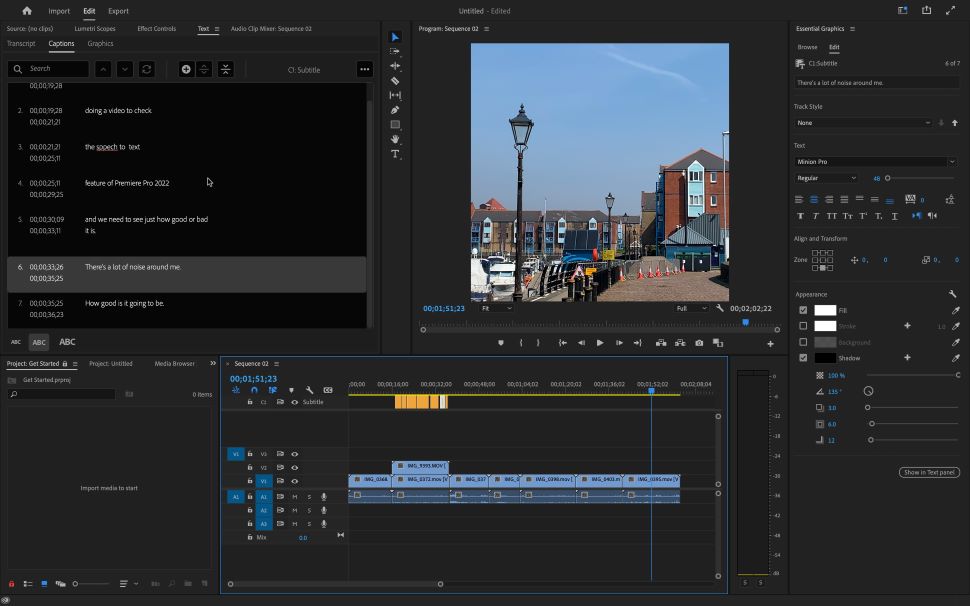
Initially released in 2003, Adobe Premiere Pro is the company’s flagship video editing software, meant for professional users and packed excellent features. Adobe Premiere Elements, on the other hand, is a lighter version of the video editing suite for amateur videographers.
Here, we compare some of the best features offered by each to help you decide which is right for you:
Adobe Premiere Elements employs a simple but dated user interface that is split into a toolbar, a preview, and a timeline. It offers three different modes, each featuring a slightly altered version of the interface, depending on the user’s level of knowledge. The interface is categorized into Quick, Guided, and Expert modes.
Adobe Premiere Pro has a much more advanced version of the interface. Apart from the toolbar, the preview, and the timeline, the interface is divided into various panels that enable you to tinker with various elements of the video. The overall interface is also a lot more attractive to look at, with a dark palette and intuitive controls.
In addition to the regular trim function that allows you to cut portions of your video clip (including while the video is playing), Adobe Premiere Pro offers four trim options called Roll, Ripple, Slip, and Slide. These options enable you to perform advanced edits by trimming across the length of your video in specific ways.
You also get extensive customizability when adjusting parameters like brightness, contrast, saturation, highlights, and sharpening. The most powerful addition, however, is the Lumetri Color Panel, which enables you to manipulate the tint applied to your video, frame by frame.
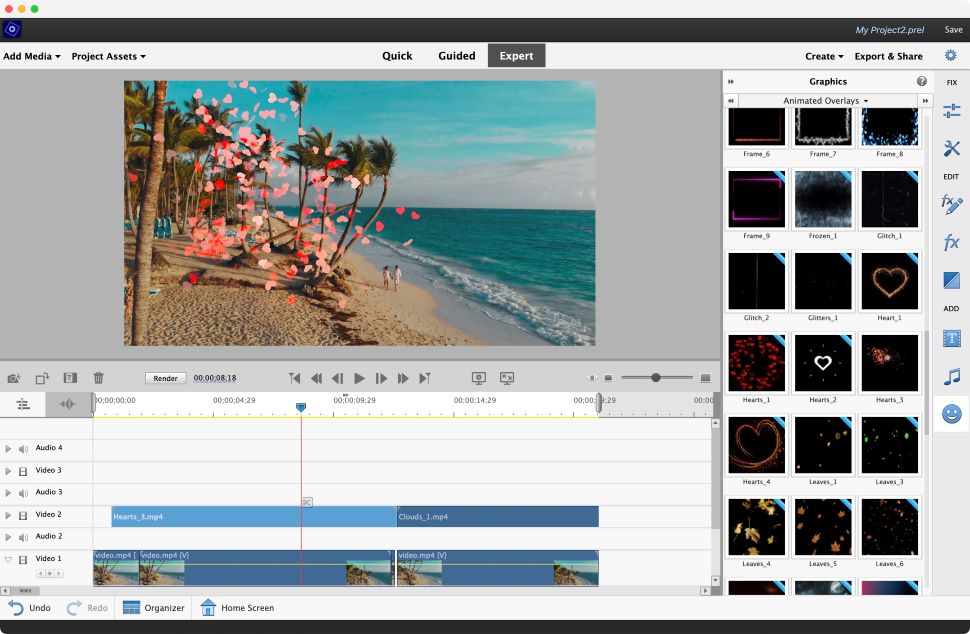
Compared to all that, Adobe Premiere Elements’ adjustment features are pretty barebones. There’s only one type of trim function, the regular one. And you get the usual options to adjust brightness, contrast, and saturation, but nothing more. You can also crop or rotate your video as needed, a feature shared by both video editors.
Compared to other video editing software, Adobe Premiere Pro’s choice of 38 transitions is rather meager. However, you can create your own transitions using the options available in After Effects.
A variety of special effects, such as keying, lighting, colorizing, and transforming, are also available. You can combine these to make more complex special effects or buy into third-party, community-made special effects from the plugin market.
Adobe Premiere Elements offers a huge array of premade transitions and special effects, but it doesn’t come close to offering the customizability of its professional counterpart.
Both applications allow users to add audio to their video clips in real-time as the video is playing. However, Adobe Premiere Pro offers even more options to customize your audio in the form of a built-in Audio Mixer. You can not only do things like add background music and adjust volume levels but also change balance and cycle between audio types.
Adobe Premiere Pro gives you access to all the fonts from Adobe Typekit for use in titles and captions. You can even apply strokes, shadows, and animations to the text. Adobe Premiere Elements also comes with a wealth of options for text, but not quite as many as Premiere Pro.
Apart from these obvious differences, it is also worth noting that Adobe Premiere Pro can work with more file types and render more file formats than Adobe Premiere Elements.
Furthermore, Adobe Premiere Pro supports virtual reality video editing, a feature that is altogether missing from Premiere Elements. When it comes to 3D, however, both applications have much the same features, with Premiere Pro offering only a few more advanced tools over Premiere Elements.
Performance
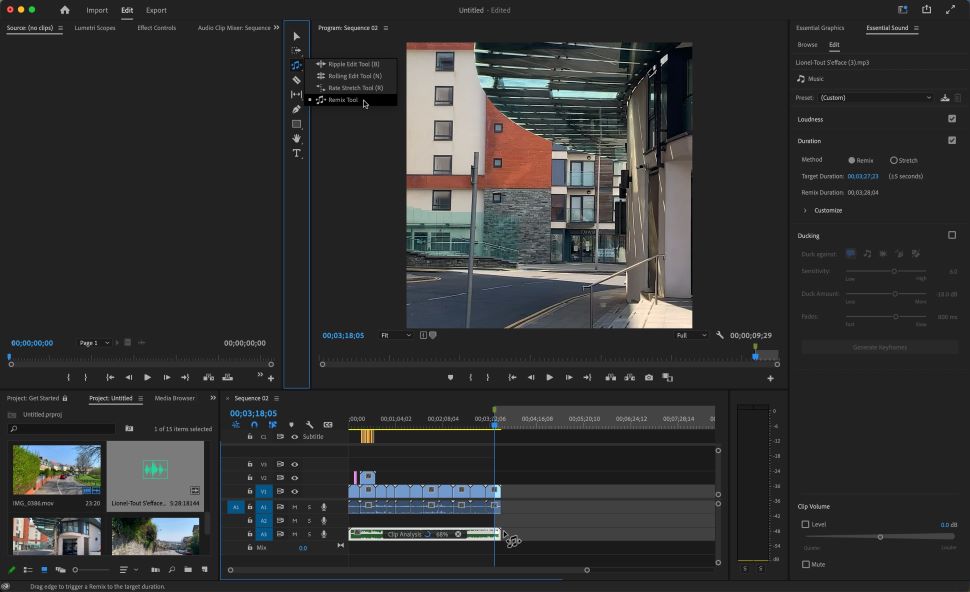
You will need a sufficiently advanced desktop or laptop computer running Windows 10 or macOS v10.13 to support video editing. The more powerful the system, the faster the rendering will be.
Adobe Premiere Elements requires a 64-bit operating system with 4–8GB RAM and a 2GHz+ processor. Premiere Pro is clearly the bulkier of the two applications, with bigger file sizes and more intense resource usage. It requires a minimum of 8GB of RAM (16GB for HD and 32GB for 4K) and an external graphics card with at least 2GB VRAM. For both applications, an initial connection to the internet is also necessary to activate the software.
So, while Premiere Elements should be fine for editing on low-end PCs, to squeeze the most out of Premiere Pro, you may need to upgrade to one of the best video editing laptops or computers for video editing.
Support
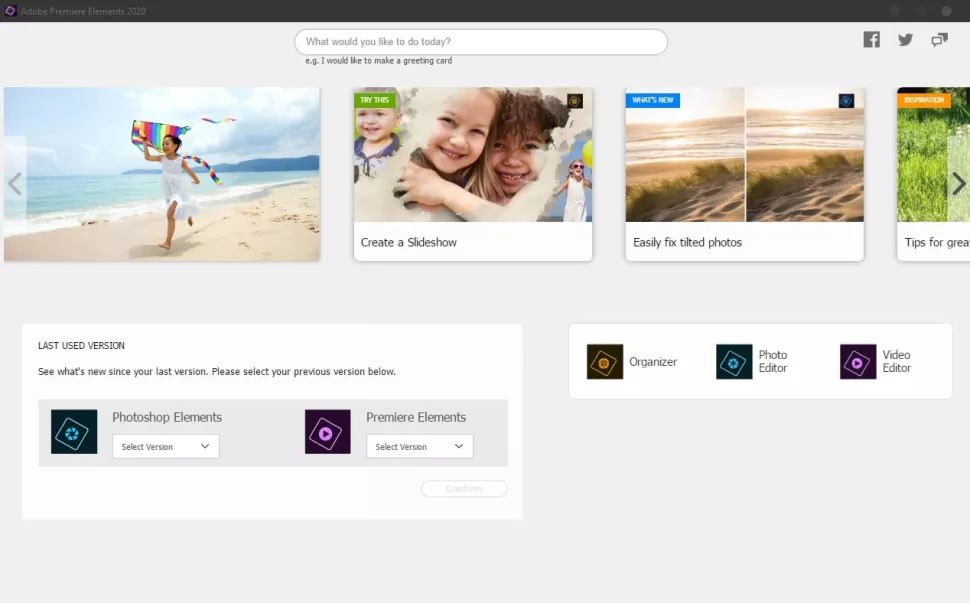
As both products come from the same company, Premiere Pro and Premiere Elements come with a phone- and chat-based customer support system, as well as an online forum and a knowledge base with answers to frequently asked questions.
Pricing and plans
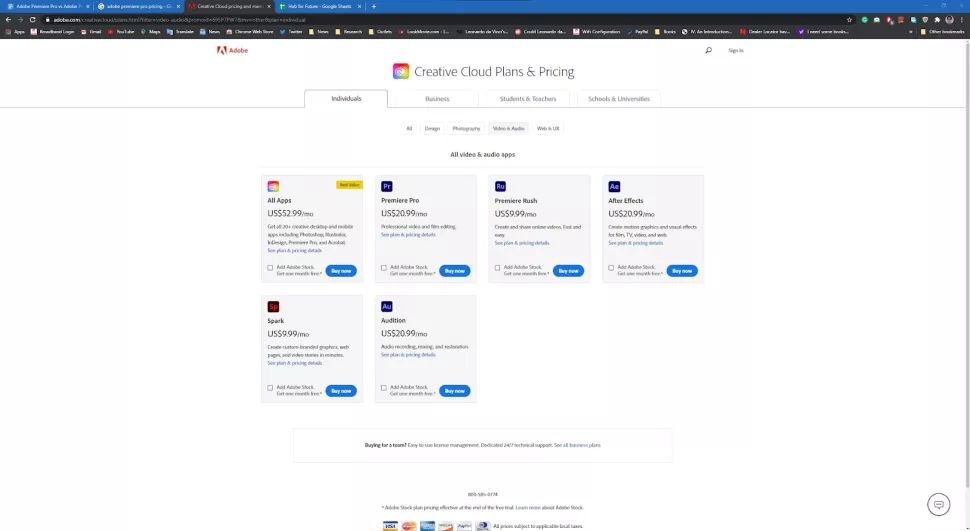
Adobe Premiere Elements can be purchased for the one-time price of $99.99 / £87 / $160AUD. Once purchased, you can use this software on up to two devices with no restrictions.
Adobe Premiere Pro, on the other hand, requires you to purchase a monthly subscription to Adobe Creative Cloud. This costs around $20.99 / £19.99 / $33AUD per month for just one app and approximately $52.99 / £52 / $85 AUD per month for the entire suite.
Verdict
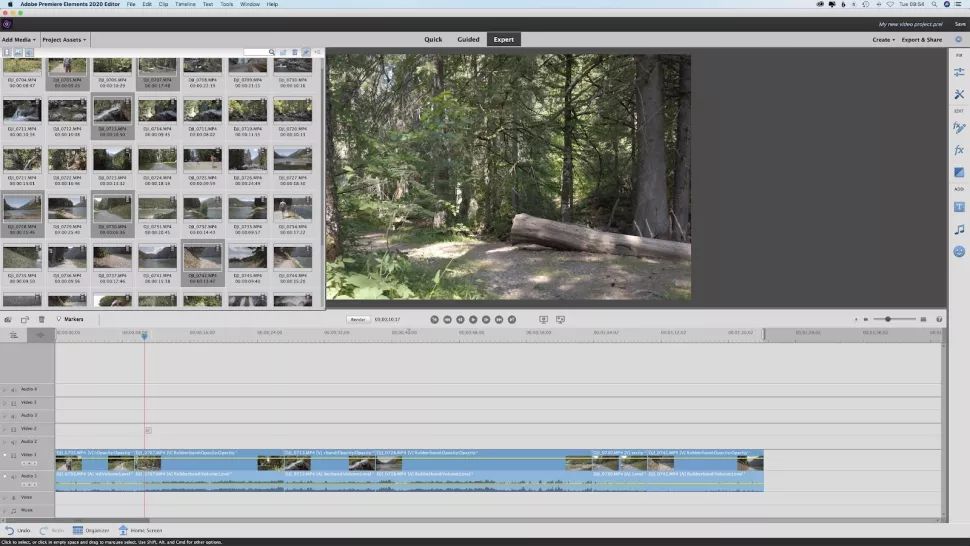
Adobe Premiere Pro is the company’s flagship product and the clear winner in terms of video editing prowess. It boasts advanced features and greater customizability, but also requires a high-end computer setup to run.
Adobe Premiere Elements, on the other hand, is a lightweight video editing program aimed at novice users with a lower budget.
They each have their own uses, but Adobe Premiere Pro is the ultimate victor here.
- We've also tested, reviewed, and rated the best video editing apps for Android and iPhone
Are you a pro? Subscribe to our newsletter
Sign up to the TechRadar Pro newsletter to get all the top news, opinion, features and guidance your business needs to succeed!

Ritoban Mukherjee is a tech and innovations journalist from West Bengal, India. These days, most of his work revolves around B2B software, such as AI website builders, VoIP platforms, and CRMs, among other things. He has also been published on Tom's Guide, Creative Bloq, IT Pro, Gizmodo, Quartz, and Mental Floss.